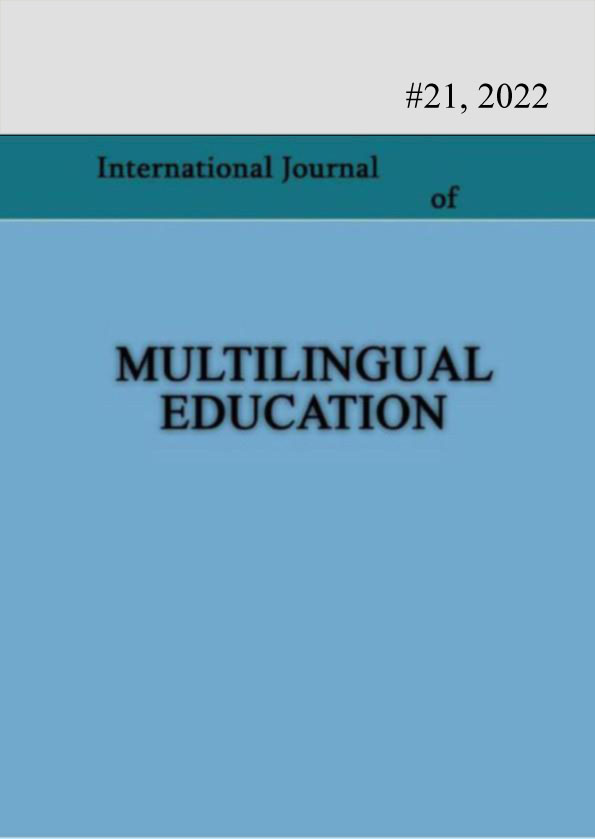Students' cognition in the teaching of technology opportunities for activity development
Keywords:
teacher training system, cognition, cognitive activity, technology, formation of cognitive activity, junior schoolchildren, technology teacherAbstract
The issue of developing cognitive activity and logical thinking of primary school students occupies an important place in the goal of general education. At the same time, preparation for choosing a profession and labor activity is also in the center of attention. Achieving the quality of education, learning and benefiting from new pedagogical technologies based on guidance is the main function. In the lesson, special importance was given to thought-provoking issues and problematic questions that allow creative and cognitive independence for the development of creative imagination in young school children.
References
Abbasov A. N., (2021). Pedagogy: Muntakhabat. Baku, PH Translator.
Agarine, M. A., (2021). The challenges and status of modular learning: Its effect to students' academic behavior and performance: EPRA International Journal of Multidisciplinary Research. Retrieved from.
Agayev, S. O., Hajizadeh, R.T. (2020). Lesson: tradition and modernity.Baku, MM-S enterprise.
Agayev, S.O., Hajizadeh R.T. (2021). Students' cognitive skills of technology in primary Akhundov. N. Ahmadov. H. Salimova. Kh. Aliyev. N. (2019). Technology-4. Methodological
Askar, P., & Altun, A. (2009). CogSkillnet: An Ontology-Based Representation of Cognitive Skills: Educational Technology & Society,12 (2), 240–253. Azerbaijan State Pedagogical University. grades. Baku, M-S enterprise. https://eprajournals.com/jpanel/upload/1110pm_64.EPRA%20JOURNALS%207764.pdf Means: "Aspoligraf LTD" LLC. Baku.
Dyussembekova, Z., & Aidos, M. (2022). Increasing the cognitive activity of students through the use of modular learning technologies. World Journal on Educational Technology: Current Issues. 14(6), 1845- 1856. https://doi.org/10.18844/wjet.v14i6.8358
Orucov, Z.H., Rzayeva Y.T., (2021). Technology. Teaching materials Baku: Publication of Rauan, B., Dinara, B., Dinara, A., Nurzamal, T.
Published
How to Cite
Issue
Section
License
Copyright (c) 2022 Rehan Tapdig Hajizadeh

This work is licensed under a Creative Commons Attribution-NonCommercial 4.0 International License.
Copyright (c) - Authors who publish with this journal agree to the following terms: Authors retain copyright and grant the journal the right of first publication with the work simultaneously licensed under a Creative Commons Attribution-Noncommercial 4.0 International License, which allows others to share the work with an acknowledgement of the work's authorship and initial publication in this journal. Authors are permitted and encouraged to post their work online (e.g., in institutional repositories or on their personal website) prior to and during the submission process, as it can lead to productive exchanges, as well as earlier and greater citation of published work (see The Effect of Open Access). Authors may enter into separate, additional contractual arrangements for the non-exclusive distribution of the journal's published version of the work (e.g., post it to a repository or publish it in a book), with an acknowledgement of its initial publication in this journal.

